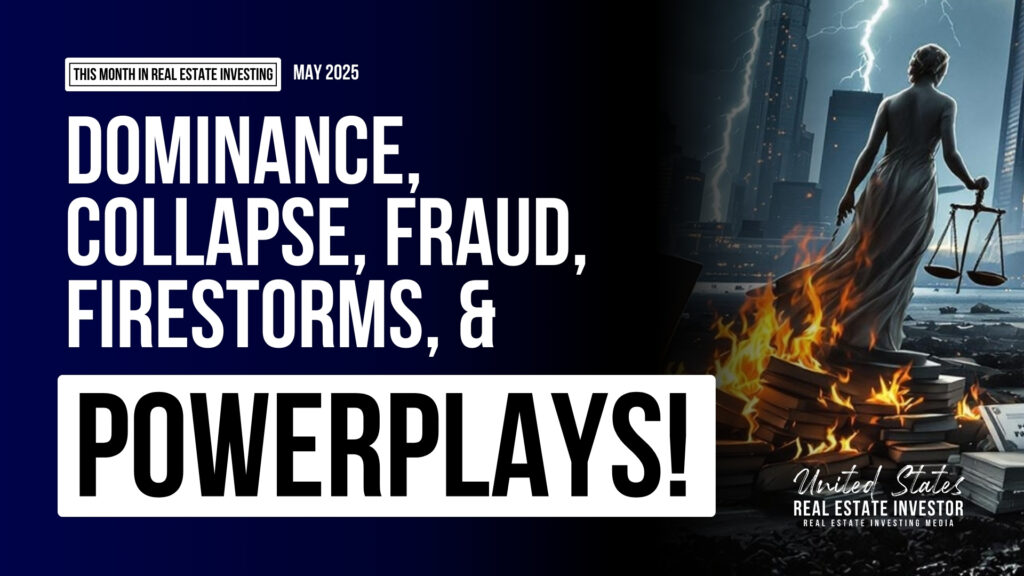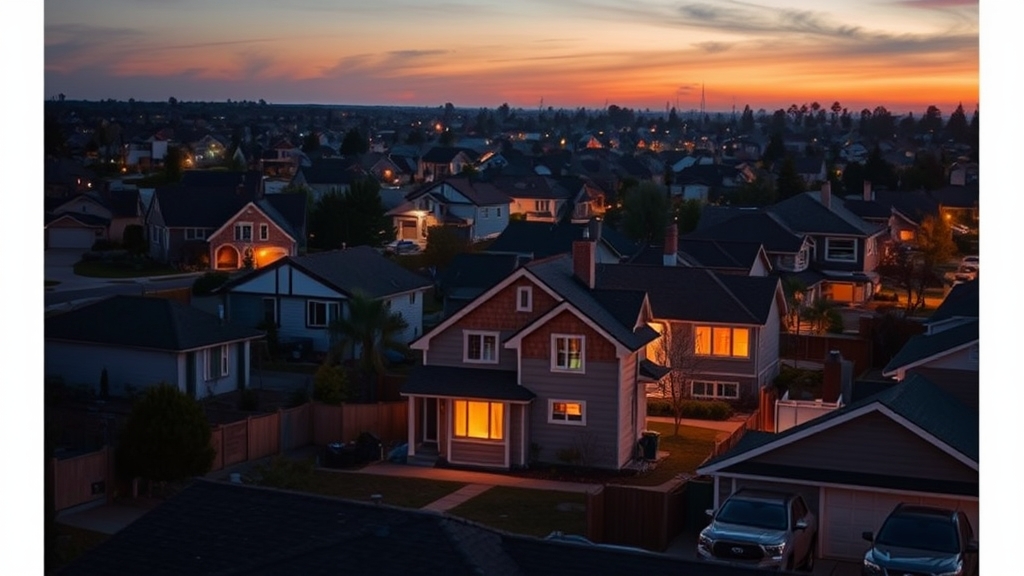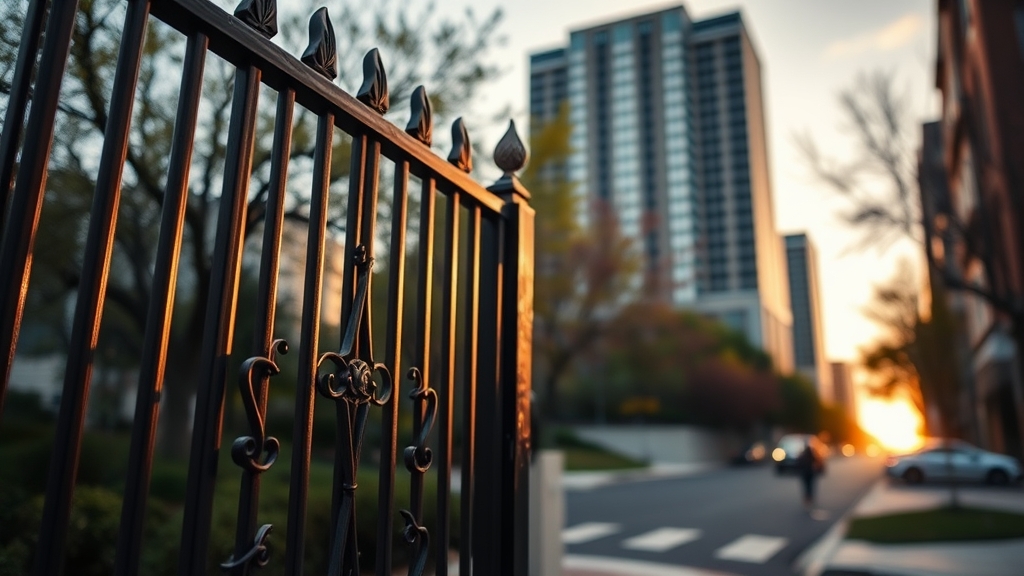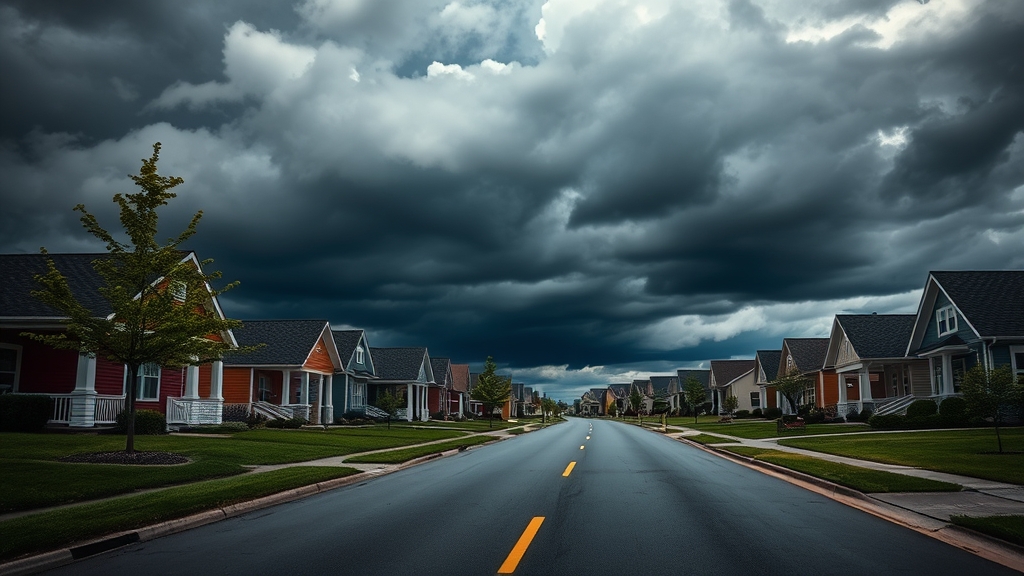Key Takeaways
- Mortgage rates have reached a significant 7.1% average, which is impacting the housing market across the nation.
- Economic pressures and inflation concerns are contributing to increased costs and reduced affordability, making buyers hesitant and prolonging property listings.
- The market is experiencing a shift in dynamics, affecting both buyers and sellers as they navigate uncertain futures.
The Impact of Rising Mortgage Rates on the Real Estate Market
Mortgage rates hit a intimidating 7.1% average, shaking real estate investors nationwide. In Austin, these climbing numbers overshadow the iconic State Capitol and herald a tighter market scenery.
Economic pressures and inflation fears add to the tumult, inflating payment demands and crippling affordability.
As costs surge, potential buyers hesitate, sellers face prolonged listings, and market dynamics shift.
With these spikes, futures hang in the balance, underscoring essential insights ahead.
Market Challenges Amid Rising Mortgage Rates
Amidst the bustling streets and iconic skyline of New York City, mortgage rates are surging, sending shockwaves through the real estate market. Investors and buyers alike are grappling with the impact as the 30-year fixed mortgage rate hovers just under or around the critical 7% threshold. Recent data indicates an average rate of approximately 7.1% as of May 2025. This trend calls for immediate impact analysis, as the current rates approach historic averages. For perspective, the historical average for a 30-year mortgage rate from April 1971 to May 2025 stands at 7.71%. Affordable housing crisis has further exacerbated challenges, forcing many to explore alternative living arrangements. This rise marks a notable shift from the post-pandemic lows, signaling changing market trends. The Fed’s decision on rate cuts may be delayed as they aim to keep the mortgage market stable amid ongoing economic challenges. With the relentless increase in housing costs outpacing wage growth, potential buyers face significant financial challenges across the nation.
The Mortgage Bankers Association reported a rise to about 6.92% in mid-May 2025, with forecasts suggesting further increases. Factors driving these rates include rising Treasury yields, directly tied to rising political uncertainty and inflation worries. In response to these challenging conditions, some investors are considering strategies like the 1031 Exchange to navigate tax implications and optimize investment returns. Persistently high rates contribute to the difficulty of affordability, pressing homebuyers and investors to reconsider market entry strategies.
Moreover, increased inflation expectations stem from factors like tariff policies and ongoing supply chain disruptions. These issues exacerbate global economic tensions, indirectly influencing the upward shift in mortgage rates. One of the most direct consequences of surging mortgage rates is the impact on home affordability. Just a rise from 6.5% to 7.0% on a $340,000 mortgage leads to an additional $130 monthly payment. Over 30 years, this increase notably inflates the total interest paid, adding thousands of dollars. First-time buyers and budget-constrained borrowers find themselves particularly hard-hit, potentially getting priced out of the market. Home price decreases are expected to extend further into 2025 due to higher economic uncertainty.
These affordability challenges inevitably lead to slowing housing market demand. With fewer people able to manage higher payments, potential buyers may delay purchases, waiting for a more favorable rate climate. In turn, sellers could experience longer times on the market and face increased pressure to lower prices. This adjustment in real estate dynamics reflects in the broader market activity, showing a possible slowdown as borrowing costs rise.
The upward trajectory of mortgage rates affects market activity and housing demand as well, with elevated rates dampening homebuying activity. As rates climb, potential buyers may opt to wait, leading to reduced buyer pools. This might result in fewer mortgage originations as loan qualifications tighten further, impacting lenders. The ripple effect extends to real estate agents, who could experience a downturn in transactions, affecting earnings and fees.
Mortgage rates now mirror a normalization phase after the unique period of historically low rates during the pandemic years. Compared to the more stable post-2008 financial crisis era, today’s rates reflect elevated borrowing costs. Yet, despite their recent rise, they remain below the peaks of the early 1980s. This current environment demands a keen understanding of market trends and an informed impact analysis, as the financial decisions of homebuyers and investors ripple through the iconic boroughs and neighborhoods of New York City. As rates sit near 7%, they signify the evolving scenery of the industry, requiring vigilance and adaptability in anticipation of future shifts.
Assessment
With mortgage rates climbing to a steep 7.1% average, it’s like we’re hitting stormy skies in the real estate world.
Picture it: the Liberty Bell in Philadelphia standing firm, a beacon of resilience, while the market wobbles under this financial weight.
Higher rates are quite the barrier, potentially barring buyers and shaking up investment opportunities left and right.
Navigating this tricky scene demands some quick footwork. The urgency is almost tangible here, folks.
And as the market dances to the tune of uncertainty, those echoes are getting deafening.
It’s time to huddle up, folks, and devise some immediate, strategic moves to keep things steady.
What are your thoughts on tackling these real estate challenges? Let’s dive into solutions together!
